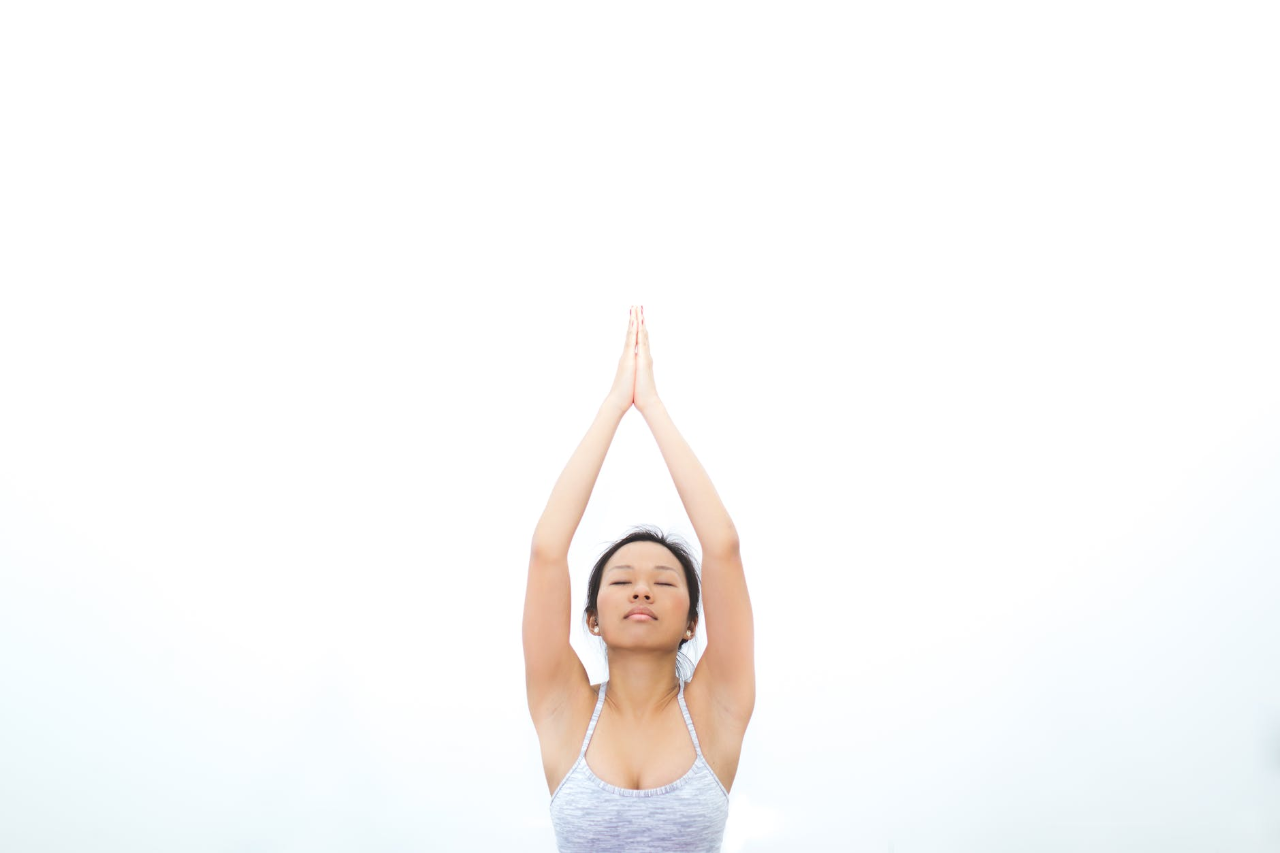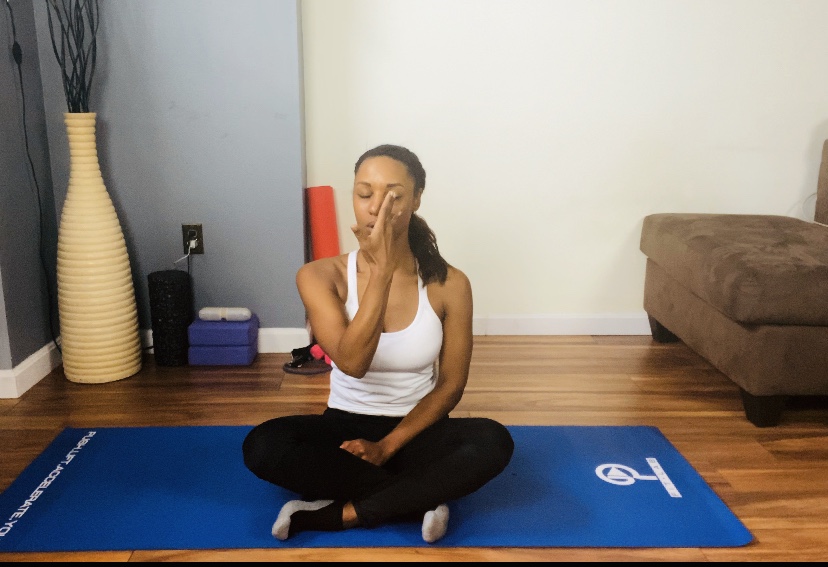
Breathe In… Breathe Out
There’s so much stress in our world today, not even to mention that we’re in the middle of a global pandemic. Most Americans and people in the world, in general, are under a lot of stress. Trying to find ways around it or managing is constant. Simple breathing exercises can help for various reasons. Taking the time to allow yourself to relax and breathe can make a huge difference. You ever notice when something happens, whether you’re excited, nervous, or sad you’re always told to take a deep breath. There’s a reason for that.
Here are a few different breathing techniques you can try:
Deep breathing
It helps to relieve shortness of breath helps calm you and relieves stress. The deep breaths help slow your heart rate, letting more oxygen t in which tells your brain to relax. The extra oxygen also increases your endorphins the “feel good” chemical in the body.
- Either sitting or standing, draw your shoulders and elbows back a bit to allow your chest to open
- Inhale deep through your nose.
- Hold your breath for a count of 5
- Slowly release your breath exhaling through your nose, (or slightly parted lips if that’s more comfortable.
- Repeat this 5 times, if you can for 5 minutes.
Alternate nostril breathing
It’s a breathing practice that can help relax your body and mind, it can reduce anxiety and also promote overall well being. Alternate nostril breathing has been shown to enhance cardiovascular function and to lower heart rate. Alternate nostril breathing may help you relax or clear your mind. Bringing more awareness to your breathing can help you to increase your awareness in other parts of your life as well. In order to really see and get the full benefit and maintain the results of this technique, you need to practice regularly. If you’re feeling sick or congested skip this breathing!
- Block the right nostril with the right thumb. Inhale for a count of 5 through the Left
- Block both Nostrils, using another finger, Hold your breath for a count of 5
- With the left nostril still blocked
- Exhale out the Right nostril for a count of 5
- Keep the Left nostril Blocked and inhale through the Right. Hold for 5
- Release for 5. And Repeat the process.

Humming bee breath
The unique feeling of this type of practice helps to create a sense of calm, calms the nerves, and reduces tension and anxiety. It can help reduce anger and frustrations, some people use this in part of their anger management process. Depending on your environment you may want to practice this breathing alone or in a space, where you’re allowed to be free, and comfortable to make humming sounds.
- Choose a comfortable seated position.
- Close your eyes and relax your face.
- Block the ears by gently pressing the cartilage; you may also cover your eyes.
- Inhale, and as you exhale with your mouth closed, make a loud humming sound.
- Do this for as long as it is comfortable.
Diaphragmatic breathing
Also known as belly breathing helps strengthen your diaphragm, an important muscle that helps you breathe. The technique can help with your core muscle stability, and can help the body to push through an intense workout, slows down your breathing rate and helps you conserve energy. Basically it can help in strengthening your ab muscles. It’s best to practice belly-breathing exercises when you’re relaxed and rested, it’s nice upon waking up, before going to sleep, while practicing meditation.
If you can find the time to try practicing 5-10 minutes a few times a day. When you start you might feel tired; it does take a little work, it gets easier as your diaphragm gets stronger. Sit in a comfortable position or preferably, lie flat on your back either the floor or bed. If you need to, use a pillow under your knees or head for support.
- Relax your body, shoulders, and face.
- Place one hand on your chest and the other on your stomach
- Inhale through the nose for 2-5 seconds, you should feel your stomach expand with the lower hand.
- Keep the hand that’s on your chest as still as possible.
- With pursed or puckered lips slowly exhale pushing your belly against your hand.
- Repeat this as many times as comfortable.
- Work up to being able to practice this technique while moving throughout daily activities.
Resonant breathing, or coherent breathing
It’s when you breathe at a rate of 5 full breaths per minute. It’s said to have positive effects on stress anxiety and symptoms of depression, especially when combined with Yoga. The technique can be practiced anytime, anywhere but the breathing technique is very intentional and deliberate.
This rate of breathing is achievable by inhaling and exhaling for a count of 5.
- Inhale for a count of
- Exhale for a count of 5.
- Continue this breathing pattern for at least a few minutes.



